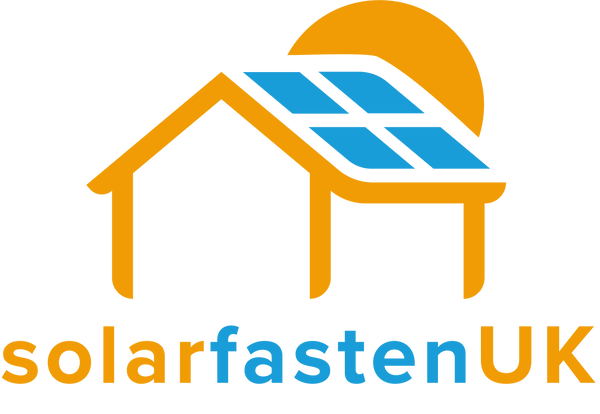
Can You Mount Solar Panels Without Rails?
Share
If you’re considering harnessing the power of solar energy by installing photovoltaic (PV) panels on your metal roof, you’re on the right track. Metal roofs are a fantastic choice for hosting solar modules due to their remarkable longevity and durability. Solar arrays typically have a service life of over 35 years, while metal roofing can easily last for up to 60 years without needing replacement. Whether your metal roof boasts a standing seam or an exposed-fastened design, it can effectively support a solar array.
When it comes to attaching solar modules to your metal roof, you have two primary options: using solar panel rails or going rail-less. In railed installations, metal rails are securely fastened to the roof, and solar panels are attached to these rails to keep them in place. On the other hand, rail-less systems directly attach components to the roof itself to provide support for the solar panels. Each approach has its own set of advantages and considerations. In this blog, we will delve deeper into the world of mounting solar panels without rails.
Benefits of Mounting Solar Panels on Metal Roofs
Before we explore the rail-less mounting method in detail, let’s briefly recap the benefits of choosing to mount rails on a metal roof for your solar installation:
Longevity - Metal roofs are built to last. With a service life of up to 60 years, your solar panels will have a stable platform for decades to come.
Durability - Metal roofs can withstand the elements, including harsh weather conditions, without deteriorating. This makes them an excellent choice for the long-term stability of your solar system.
Cost-Effective - Investing in a metal roof not only enhances the lifespan of your solar installation but also saves you money in the long run as you won’t need to replace your roof prematurely.
Now, let’s explore the rail-less mounting method in more detail.
The Rail-less Approach
In a rail-less solar panel installation, the solar panels are directly attached to the metal roof without the use of supporting rails. This method offers several advantages:
Simplicity - Rail-less systems are often simpler to design and install. They require fewer components, reducing the overall cost of the installation.
Reduced Maintenance - With fewer parts involved, rail-less systems generally require less maintenance over time. This means fewer potential points of failure.
Aesthetic Appeal - Some homeowners prefer the sleek, low-profile look of rail-less solar installations. These systems can blend more seamlessly with the existing architecture of your home.
Versatility - Rail-less mounting systems can be adapted to various roof types, including standing seam metal roofs, which have ridges that run vertically up the roof. This adaptability makes them suitable for a wide range of applications.
However, it’s essential to consider a few factors before opting for a rail-less system
Roof Condition
Ensure that your metal roof is in good condition and can support the added weight of the solar panels. If your roof requires repairs or replacement, it’s best to address these issues before installing solar panels.
Professional Installation
Proper installation is critical for the structural integrity of your solar system. It’s highly recommended to hire experienced professionals who specialise in metal roof solar installations and that you are also able to use the correct fixings for the mounts
Local Regulations
Check with your local authorities and building codes to ensure that rail-less installations are compliant with regulations in your area.
Mounting solar panels without rails on your metal roofs is a viable and efficient option, provided you take the necessary precautions and ensure professional installation. The combination of a durable metal roof and a well-designed rail-less solar system can provide you with clean, renewable energy for decades, contributing to both environmental sustainability and long-term cost savings. When considering this approach, consult with solar experts and roofing professionals to determine the best solution for your specific situation. With the right planning and execution, you can embark on your journey to a greener, more sustainable future.
